Aloo Gobi / Potato Cauliflower Curry

Aloo gobi is a classic vegan curry that's both easy to make and packed with flavor. This classic Punjabi dish combines potatoes and cauliflower to create a hearty and satisfying meal that's perfect for a weekday dinner. With its warm spices and simple ingredients, aloo gobi is a comforting and nourishing option that's sure to become a favorite in your meal rotation. Try it today and enjoy the delicious flavors of potato cauliflower curry in your own home!
Aloo gobi, a vegetarian Indian dish, is a timeless classic and a staple on most Indian restaurant menus as a main course. The dish features a blend of potato (aloo), cauliflower (gobi), and spices. The delicious curry is a result of both vegetables perfectly absorbing the flavors.
This hearty and comforting curry can be paired with plain basmati rice, pulao, or roti, along with dal fry. To create a delicious meal, add a side dish of plain yogurt, vegetable raita, or kachumber. Made with simple ingredients and basic spice powders, this comforting dish is ideal for weekday meals and lunch boxes.
Why you will love this recipe?
- Well-balanced spices and flavors: This recipe has a blend of warm spices that complement the flavor of the dish without overpowering it.
- Perfectly cooked vegetables: I have included step-wise instructions to make sure the potatoes and cauliflower are cooked to perfection - soft but not mushy, with just the right amount of bite.
- Flavorful sauce: The sauce has a perfect consistency and it coats the vegetables and brings all the flavors together.
- Simple ingredients: This recipe uses simple ingredients that can be found in most grocery stores, making it easy for anyone to prepare at home.
- Versatile: Aloo gobi curry can be paired both with rice and roti/ naan.
There are several ways of making Punjabi aloo gobi, the most common one being cooking them in an onion-tomato masala base. It can also be made without onion, or without using onion or tomatoes. In my simple recipe here, I am making it in an onion-tomato base.
The recipe for Punjabi aloo gobi varies from region to region and even from household to household. Some recipes use an onion-tomato masala base, while others prefer a dry version that uses minimal oil. It can also be made without onion, or without using onion or tomatoes. However, all recipes require the use of common Indian spices such as cumin, coriander, turmeric, and chili powder.
In my simple recipe here, I am making it in an onion-tomato base. I also like to pan-fry the potatoes and cauliflower before adding them to the masala. This will not only enhance the taste of the final dish, but it will also make sure the vegetables do not turn mushy and retain their texture (especially the cauliflower).
Ingredients
Cauliflower and potatoes: These are the main ingredients of this dish. Choose cauliflower that has a firm and tight head. Keep the size of the florets even so that they can cook evenly. Cut the potatoes into medium-sized cubes.
Onion and tomato: They form the base of the curry. Either red or yellow onion can be used. I use tomatoes in two forms - fresh tomatoes and pureed tomatoes. Using pureed tomatoes is optional but it adds a nice color to the curry.
Spices: The whole spice I use is cumin seeds. The powdered spices I use are chili powder, ground turmeric, amchur (dry mango powder), ground coriander, and garam masala.
Ginger, garlic, and green chili: Do not cut down on ginger and garlic as they make the curry very flavourful. Adjust the green chili as per your preference.
Green peas: Although green peas are an optional ingredient, I highly recommend adding them. It adds taste and texture, as well as is a good source of vegetarian protein to this dish.
Step-by-step instructions
Step 1: Heat a large pan or kadhai and add 1 tablespoon oil. Add ¼ teaspoon turmeric powder. Add the potato cubes and lightly fry on medium-high heat for 2-3 minutes, until they are light brown. Set them aside in a small bowl (images 1 and 2).
Step 2: Now in the same pan, add 1 teaspoon oil and ¼ teaspoon of turmeric powder. Add cauliflower florets to hot oil and fry on medium-high heat until they are light brown. Set them aside (image 3).
Step 3: In the same pan, heat 2 tablespoons oil. Add cumin seeds and let them splutter. Next, add onion and fry until lightly golden (image 4).
Step 4: Add ginger, garlic, and green chili. Fry for 1-2 minutes until the raw smell goes (images 5 and 6).
Step 5: Now add tomatoes and tomato puree. Add red chili powder, coriander powder, amchur, ½ teaspoon turmeric powder, and salt. Let it cook on medium heat until the tomatoes are soft and mushy, and the oil begins to separate (images 7 and 8).
Step 6: Scrape the sides of the pan. Add 2 cups of water and fried potatoes. Cover and simmer until the potatoes are half cooked (image 9). Adding hot water will save cooking time.
Step 7: Add cauliflower and peas. Simmer on low flame until the potato, cauliflower, and peas are done (images 10 and 11).
Step 8: Add garam masala powder and cilantro. Mix well and serve hot (step 12).
Instant Pot Instructions
You can also follow this recipe to make alu gobi in an Instant Pot or electric pressure cooker.
- Cut the potatoes into small cubes and the cauliflower into medium-sized florets.
- Set the Instant Pot in saute mode and add oil.
- Shallow-fry potatoes and cauliflower as described above. Set them aside.
- Follow the above steps to make the masala base.
- Add one cup of water and deglaze the pot. If you want a dry curry, add 4 tablespoon of water instead.
- Add the potatoes, cauliflower, and peas.
- Set the Instant Pot to pressure cook mode on Low pressure for 3 minutes.
- Do a natural pressure release for 5 minutes, then do a quick release.
- Top with garam masala powder and cilantro.
Useful tips
Lightly fry the potatoes and cauliflower. This step of shallow or deep frying is optional but I highly recommend not skipping it. Frying them will help cook them perfectly without making them mushy and also enhance the taste of the dish. Also, adding little turmeric while frying helps give them a nice golden color.
Make sure the tomatoes and spices are cooked well before adding water and potatoes. The tomatoes should become soft and pulpy, and the oil should separate.
Do not add the potato and cauliflower at the same time as the cooking time is different for both vegetables and cauliflower cooks much faster. Add cauliflower when the potatoes are half done.
Although green peas are an optional ingredient, I highly recommend adding them. It adds taste and texture, as well as is a good source of vegetarian protein to this dish.
You may choose to make this dish either dry or with gravy. Adjust the amount of water depending on your preference.
Optional ingredients and substitutes
- Add kasuri methi (dried fenugreek leaves) along with cilantro.
- Drizzle lemon juice or lime juice into the finished curry for a nice tang.
- Use Kashmiri red chilli powder along with other Indian spices for a deep red color.
- Whole spices (cinnamon, cloves, and bay leaf), mustard seeds, and nigella seeds can be added along with whole cumin seeds.
- Use ginger-garlic paste instead of fresh ginger and garlic cloves if they are not available.
- You can also add some fresh curry leaves along with onions to add more flavor.
- Skip green chilies to make a mild curry.
- Replace the ground spices with curry powder.
FAQs
What to serve with alu gobi?
This dish tastes great with pulao, jeera rice, roti, or chapati. Our favorite combo is this curry served with roti and dal fry.
Should I fry the vegetables for cauliflower potato curry?
This step is optional but I highly recommend not skipping it. Frying them will help cook them perfectly without making them mushy and also enhances the taste of the dish. Also, adding little turmeric while frying helps give them a nice golden color.
How to store aloo gobi masala?
Any leftovers can be stored in an airtight container in the refrigerator for up to 3-4 days. It also freezes well and can be stored in the freezer for up to 3 months.
Recipe card
Aloo Gobi / Potato Cauliflower Curry
Recipe details
Ingredients
- 1 medium cauliflower
- 4 medium potatoes
- 1/4 cup peas
- 3 tablespoon oil
- 1 large onion chopped
- 2 medium tomatoes chopped
- 1 teaspoon cumin seeds
- 1 inch ginger grated or 1/2 teaspoon ginger paste
- 2 cloves garlic grated or 1/4 teaspoon garlic paste
- 2 green chili (or serrano pepper) finely chopped (or as per taste)
- 2 tablespoon tomato puree
- 2 tablespoon cilantro
Spices
- 1 teaspoon ground turmeric
- 1 teaspoon chili powder or cayenne
- 1 teaspoon ground coriander
- 1 teaspoon amchur (dry mango powder) - optional
- 1 teaspoon garam masala
- Salt to taste
Instructions
Prep:
- Cut the cauliflower into medium florets and rinse thoroughly.
- Wash and peel the potatoes. Cut them into medium-sized cubes.
- Chop the onion and tomatoes, and grate the ginger and garlic.
Pan fry potatoes and cauliflower (optional step):
- Heat a frying pan or kadhai and add 1 tablespoon of oil. Add ¼ teaspoon turmeric powder.
- Add the potato cubes and lightly fry until they are light brown. Set them aside.
- Now in the same pan, add 1 tablespoon oil and ¼ teaspoon turmeric powder.
- Add cauliflower florets and fry until they are light brown. Set them aside.
Making the curry:
- In the same pan, heat 1 tablespoon of oil. Add cumin seeds and let them splutter.
- Add onion and fry until they begin to turn brown.
- Add ginger, garlic, and green chili. Fry for 1-2 minutes.
- Now add tomatoes and tomato puree. Mix well.
- Add chili powder, ground coriander, amchur, ½ teaspoon turmeric powder, and salt. Mix well and cover.
- Let it cook until the tomatoes are soft and mushy, and the oil begins to separate.
- Add 2 cups of water.
- Add the fried potato and mix well. Cover and simmer until the potatoes are half cooked.
- Add the fried cauliflower. Mix well and adjust consistency.
- Add peas. Bring to a boil.
- Simmer until the potato, cauliflower, and peas are done. Cauliflowers should have some bite and should not be mushy.
- Add garam masala and coriander leaves.
- Mix well. Serve hot.
Tips
- See the tips section above for useful tips to make this dish.




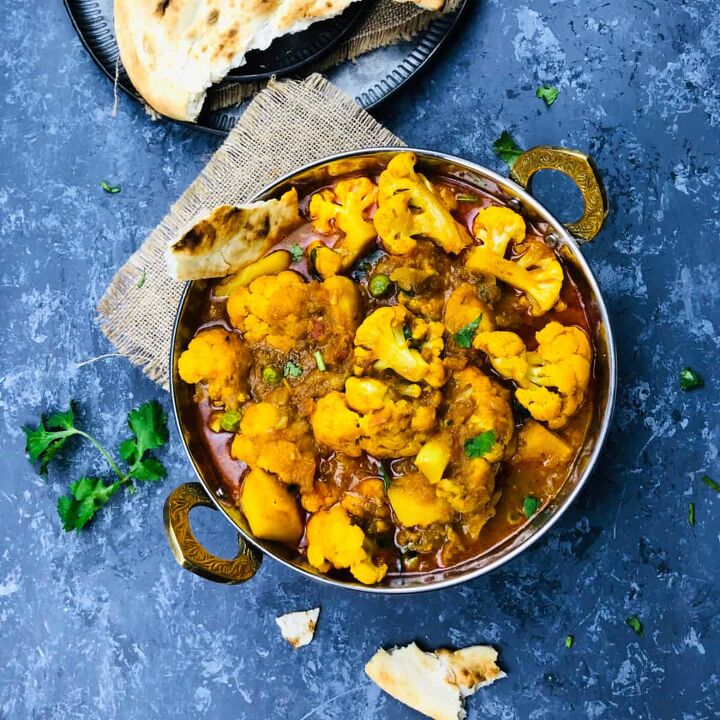







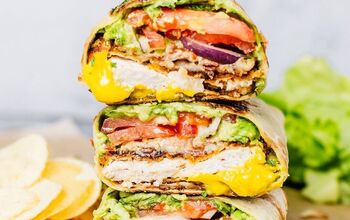
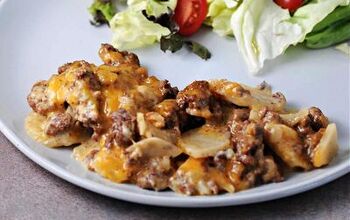
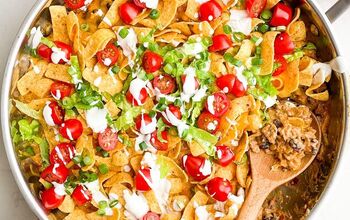
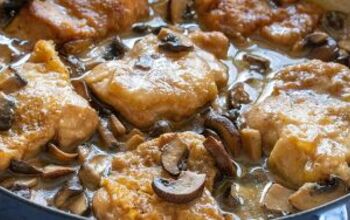
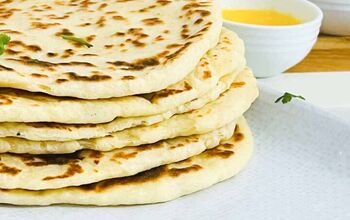
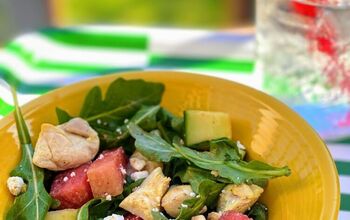
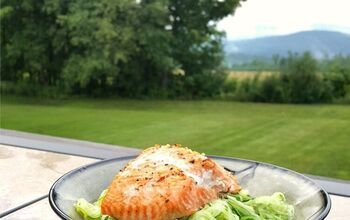


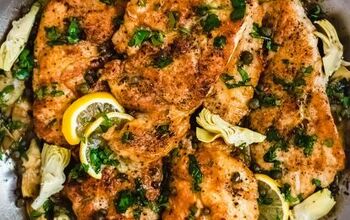


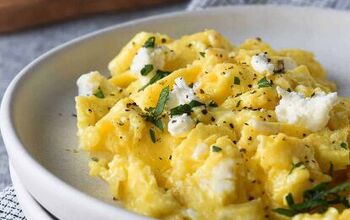
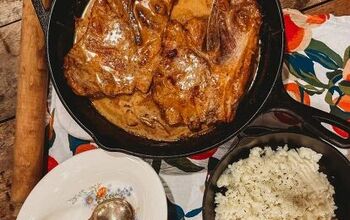
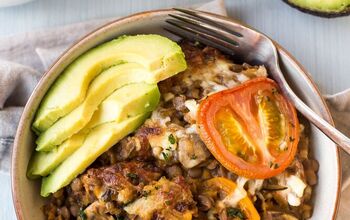


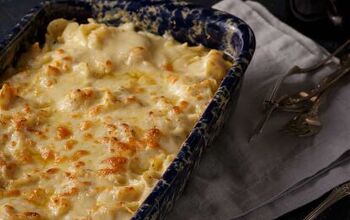
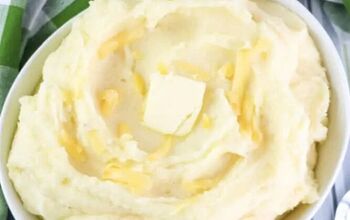
Comments
Share your thoughts, or ask a question!